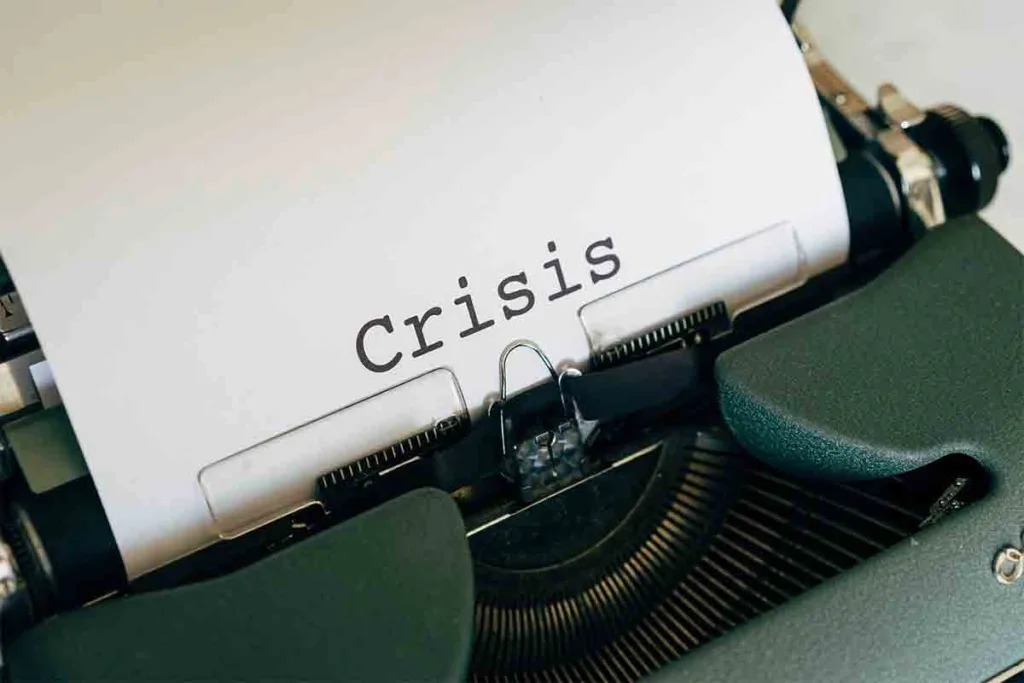According to a recent survey conducted by the National Federation of Independent Business (NFIB), released on Tuesday, an increasing number of small businesses in the United States are expressing concerns about inflation and the future state of the economy.
The results of the survey raise questions for the Federal Reserve because more and more business owners are becoming concerned about rising inflation. The central bank has been working to reduce inflation, which has repeatedly gone above its 2% target. Although price growth has slowed over the past year, the Federal Reserve is still concerned about consumer inflation expectations in the United States. If consumers have grown accustomed to higher inflation rates, it might be difficult to change the trend, which could lower living standards. A variety of sentiment surveys are examined by officials to determine inflation expectations. According to a recent survey, consumer expectations for near-term inflation inched down to their lowest point in two years in May.
The NFIB’s chief economist, Bill Dunkelberg, emphasised the worries that small business owners have expressed about the state of the economy going forward. He acknowledged that, albeit to a lesser extent than the previous year, supply chain disruptions and labour shortages continue to make it difficult for many small businesses to meet customer demand for their goods and services.
Despite a slight increase in small business optimism in May, according to the survey, it remained below the historical average for the 17th consecutive month. In May, the proportion of small business owners who anticipated improved economic conditions fell, while the number of those who cited inflation as their main operating challenge rose.
Florida News: Feds Take Action Against Florida Restaurant for Stealing Servers’ Tips
Since its peak forty years ago, inflation has slowed down, reaching 4.9% in the year that ended in April. Later on today, the Bureau of Labour Statistics will publish its May Consumer Price Index. Although the reading for April showed an unexpected increase, the Federal Reserve’s preferred inflation measure has also shown a cooling trend over the past few months.
The Federal Reserve has successfully managed to reduce inflation without having a negative impact on the labour market by raising interest rates ten times since March 2022. According to the NFIB’s May survey, which found that 44% of owners reported difficulty filling job openings, only one percentage point less than the previous month but still historically high, employers have continued to hire.
These results have been supported by additional surveys. A textile manufacturer was having trouble finding younger workers to replace retiring employees, as the average age of new hires is in their fifties, according to the Federal Reserve’s recent Beige Book, a compilation of survey responses from businesses across the nation.
The Federal Open Market Committee, which determines monetary policy, is not likely to object to the findings of the NFIB’s May survey. Officials continue to be optimistic that inflation expectations are in check. On Wednesday, the Federal Reserve will reveal its newest interest rate decision.
Also Read: Student Loan Repayments Resuming in October: Biden Administration Ends Pause
In a press conference after the committee decided to increase the benchmark lending rate by a quarter point last month, Federal Reserve Chair Jerome Powell said: “Despite heightened inflation, longer-term inflation expectations appear to remain stable, as evidenced by a wide range of surveys conducted among households, businesses, and forecasters, as well as indicators from financial markets.”
